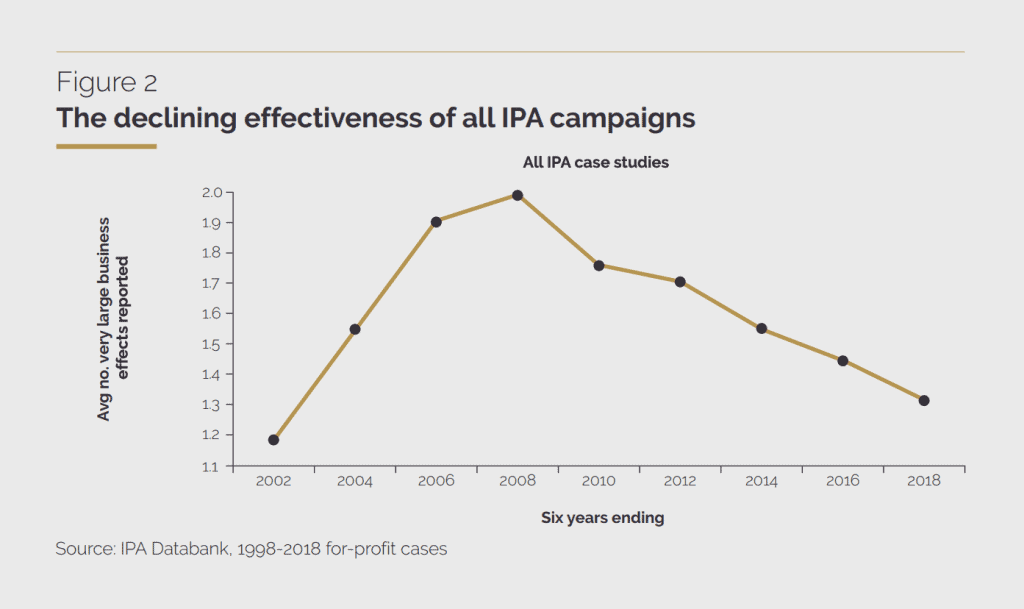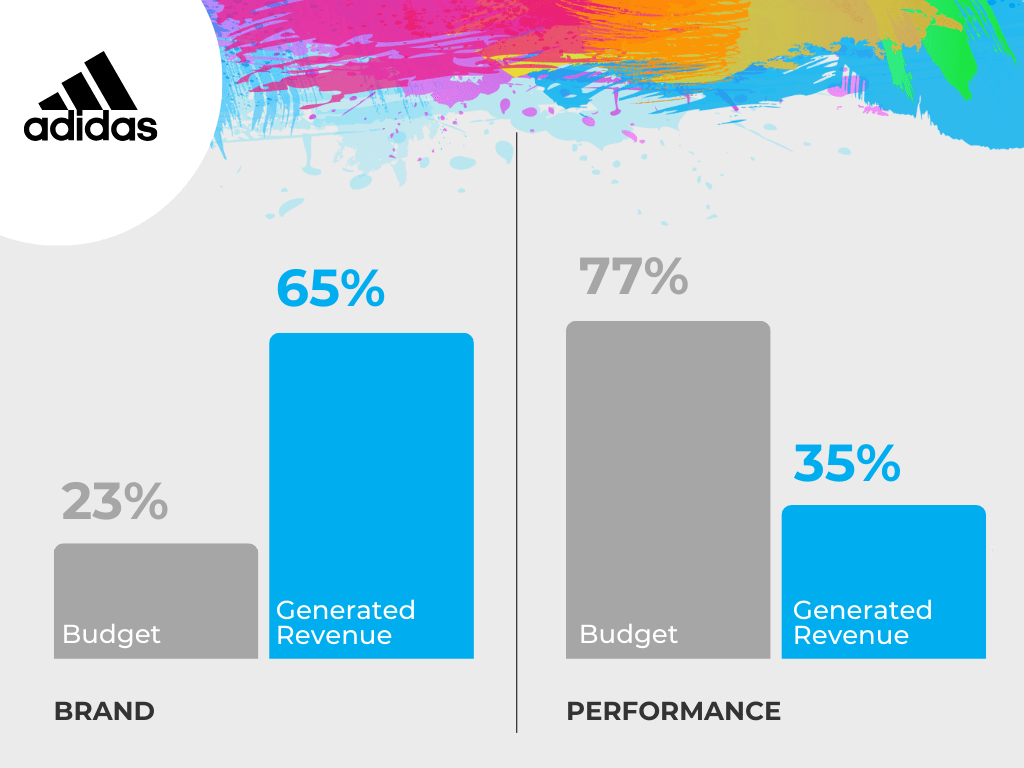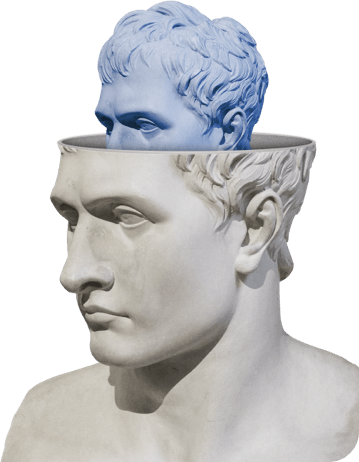Our behavioural analysts have prepared a wide selection of premium cookies for you. They'll make you happy - they'll make your web browsing experience more convenient and user-friendly. We use cookies to personalise content and ads, and analyse traffic. If you change your mind, our automated social scientists will be happy to let you choose and combine cookies later.
The technical storage or access is strictly necessary for the legitimate purpose of enabling the use of a particular service explicitly requested by the subscriber or user or for the sole purpose of carrying out the transmission of a communication over an electronic communications network.
Technical storage or access is necessary for the legitimate purpose of storing preferences that are not requested by the subscriber or user.
Technical storage or access that is used solely for statistical purposes.
Technical storage or access that is used exclusively for anonymous statistical purposes. Absent a subpoena, voluntary compliance by your ISP, or additional records from a third party, information stored or obtained solely for this purpose cannot typically be used to identify you.
Technical storage or access is necessary to create user profiles for the purpose of sending advertising or tracking a user on a website or multiple websites for similar marketing purposes. When you consent to marketing cookies, you consent to the sending of personal data (email, phone?) to advertising systems for the purposes of profiling, targeting, remarketing and personalization of advertising.
 Jiri Boudal
Jiri Boudal





